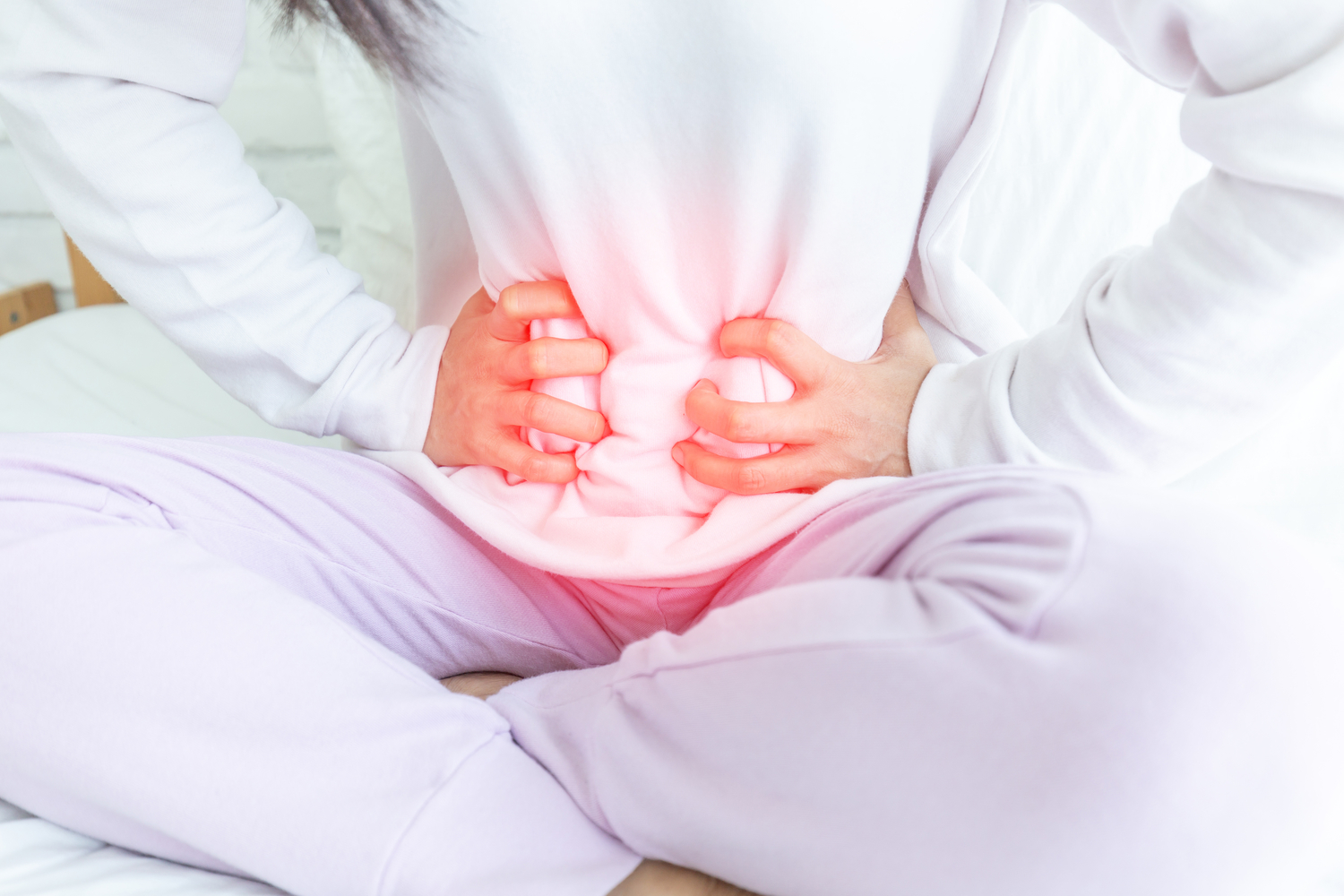Understanding Pelvic Organ Prolapse: Symptoms, Causes, and Treatment Options
Pelvic organ prolapse, also known as a dropped bladder, occurs when pelvic support tissues weaken, causing the bladder to bulge into the vagina. Symptoms include pelvic pressure, urinary issues, and tissue protrusion. Causes involve aging, childbirth, menopause, obesity, and chronic cough. Preventative measures include pelvic exercises and healthy habits. Treatments range from physical therapy to surgical repair, ensuring proper support and alleviating discomfort. Early diagnosis and intervention are crucial for effective management of this common condition affecting women’s pelvic health.
Sponsored

Pelvic organ prolapse, often called cystocele or dropped bladder, occurs when the bladder protrudes into the vaginal canal in women. There are primarily two types: one from overstretching of the vaginal wall due to aging, menopause, or childbirth, and another caused by weakened support tissues. Recognizing symptoms is essential for timely treatment. The condition may lead to discomfort, urinary issues, and sexual difficulties. Prevention includes pelvic exercises and healthy habits, while treatment options range from physical therapy to surgical repair.
Symptoms and Risks of Pelvic Organ Prolapse
When the bladder drops from its normal position, symptoms such as incomplete emptying and pelvic pressure may occur. In severe cases, tissue bulging through the vaginal opening is visible.
Common symptoms include persistent pelvic pressure, recurrent urinary infections, urine leakage during physical activity, and a feeling of heaviness even after urination. In some cases, tissue may protrude through the vaginal opening. Factors contributing to prolapse include weakening of pelvic muscles, childbirth, menopause, chronic coughing, obesity, and earlier surgeries like hysterectomy.
To prevent prolapse, exercises like Kegel, weight management, avoiding smoking, and managing chronic coughs are recommended. Treatment ranges from pelvic floor strengthening exercises and pessaries to surgical repair, which restores support to the affected organs. Estrogen therapy may also be advised by healthcare providers to enhance tissue strength.





